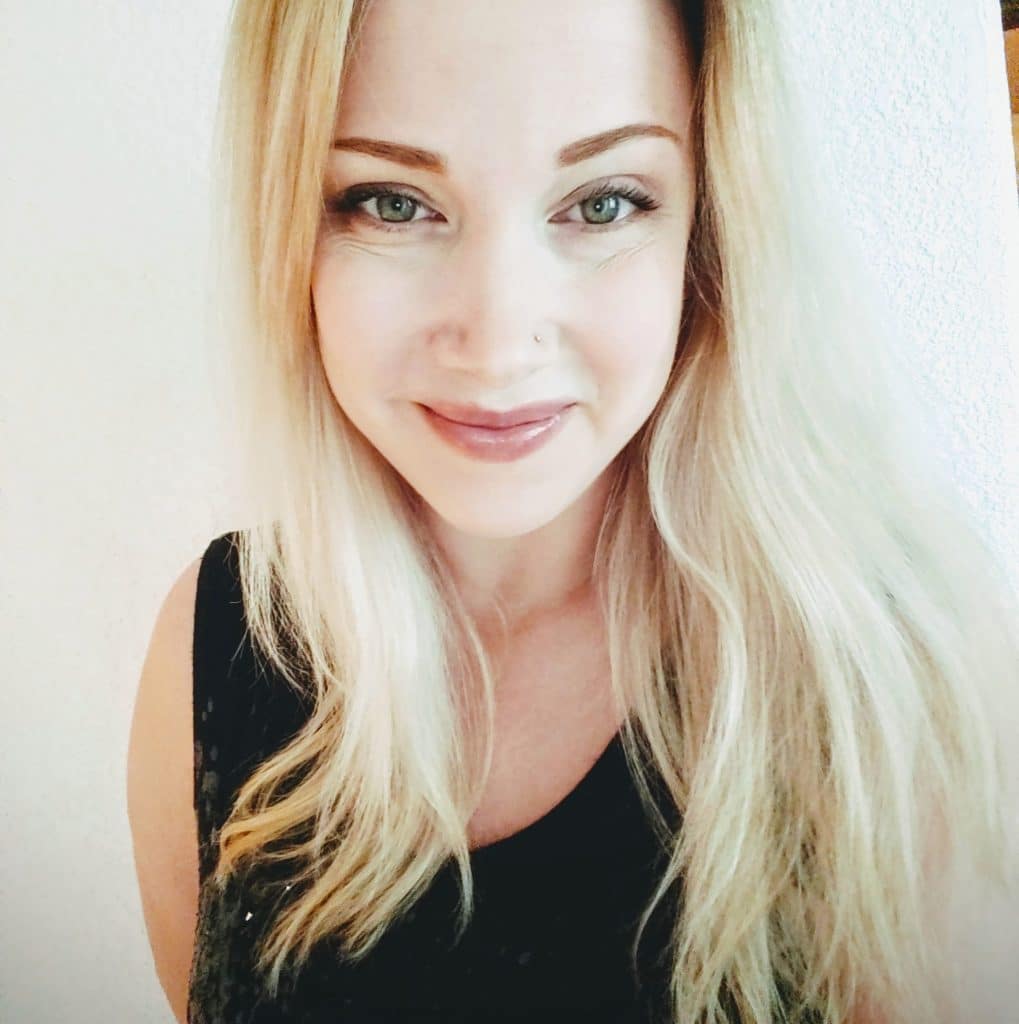
World Cup Teaching Ideas for Middle School
Have you signed up for The Educator’s Room Daily Newsletter? Click here and support independent journalism!
Studies have shown over and over again that students learn best when they find the content relevant and engaging. Lately, I’ve found my middle school students to be super engaged with the World Cup. Rather than repeating, “Guys, please stop watching the World Cup” every 5 minutes, I just gave in and let them keep it open on another tab while they did their work. And I got to thinking—this could be one heck of a teaching hook for multiple content areas. I’ve used sports before as the concept of a lesson, and I’ve never heard such passionate discussions. So let’s take a look at how to use the World Cup as a cross-curricular opportunity to drive engagement for middle schoolers.
Integrating the World Cup into History and Social Studies
The history of the World Cup spans decades, cultures, and geographical areas. It’s a global commitment to excellence in athletics. Did you know that almost 50% of the entire world’s population watches this event? Imagine the conversations that could open about how that supports the global economy. Students may not even know that there was a time when this sport was absolutely forbidden to women, as Johanna Haas explains in this article from The Girls Soccer Network. There are so many interesting facts about this event. Check out some more here on Sky History. Here are some ways students can choose to investigate:
- Create a visual timeline of the global history of the World Cup
- Present the cultural and historical facts of soccer in the country of your favorite team
- Investigate the global expansion of the World Cup since the beginning
- Analyze the pay gap between women’s soccer revenue and men’s and what should be done about it
- Explore the economic and culturally unifying benefits of the World Cup
World Cup Teaching Ideas for English Language Arts
When my teenagers are heatedly debating who is the best soccer player, suddenly, their ability to research, compare and contrast, and dissect historical and informative texts becomes evident. Students can perform so much more than they sometimes demonstrate; they just lack that motivation. Aren’t we adults the same way sometimes? Add this topic to a choice board of activities, and suddenly you’re reaching those kids who would rather be outside kicking the ball or just have a real interest in the sport. Here are just a few literacy activities you could try:
- Explain who is the best-performing soccer player on your favorite team with textual evidence
- Persuade the audience to root for your team using textual evidence
- Write a short biography about your favorite soccer athlete
- Create an informative poster about your favorite athlete
- Research and create a biographical timeline of the life of your favorite athlete, including important sports milestones
World Cup Connections for Middle School Science and Mathematics
Students are sure to pay attention to score numbers when it comes to this global event, but there are so many other ways math and science can be explored with the World Cup. Many of your student-athletes may even teach you a thing or two about athletic technique! I’ve definitely learned quite a bit from TutorDoctor and math professor David Sumpter.
- Develop equations that demonstrate the exponential increase in athlete earnings since the beginning of the World Cup
- Create a poster or presentation, using decimals and fractions, that explains how athlete goal averages are determined
- Compare and contrast the goal averages of athletes with decimals and fractions
- Analyze how aerodynamics and trajectories are involved in soccer
- Explore the geometry of the angles involved in shooting for goals, explained in more detail by
- Investigate how the construction of different soccer balls can have various effects on the aerodynamics
These are just the beginning of the limitless ways that the World Cup can be incorporated into the middle school classroom. Remember, when students are engaged, the learning is truly authentic, and that is the ultimate goal!
About the Author:
Jeanette Odom

I am a 10-year veteran teacher with certifications in kindergarten–6 general subjects, kindergarten–12 visual arts, and kindergarten–12 English as a Second Language. I’m currently a graduate student at the University of South Dakota, pursuing an interdisciplinary master’s degree in curriculum, leadership, cultural advocacy, and research. I love combining all of my certifications to create rich, meaningful curricula with which culturally and linguistically diverse students can find relevance. I believe every student is reachable if we take the time to discover who they are and their passions. Relationships come first; teaching comes second.
Editor’s Note: If you enjoyed this article, please become a Patreon supporter by clicking here.


